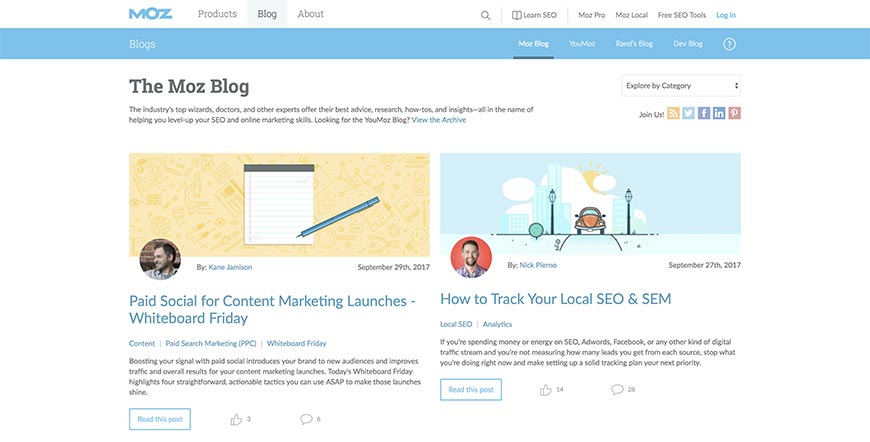Cross-channel and cookieless: How measurement will evolve in 2021
The function of viewer fragmentation, the deprecation of third-party cookies, customer personal privacy, and walled gardens in future measurement options.
30-second summary:
The pandemic has caused significant shifts in the way that marketers operate, making it more crucial than ever to be able to prove ROI and make every advertisement dollar count
The failure to track reach and frequency is one of the most significant problems with cross-platform advertisement measurement that online marketers deal withAs online marketers go into the new year, they will need to have measurement services in location that account for cross-channel, cookieless, privacy, and walled gardens
Early adopters of cross-channel measurement, genuinely cookieless options, privacy, and consumer-centric policies, and information cooperation will get insights required to make sure future successWith customer behavior shifting rapidly and market volatility anticipated to continue this year, proving ROI with precise measurement will be more essential than ever. Better measurement services are needed.
Online marketers should look for services that conquer measurement difficulties and form a single view of the consumer journey. In 2021, measurement services will progress and enhance to account for cross-platform, cookieless, customer transparency, and walled gardens.
Cross-platform measurement will make it possible for versatility and control for TV and other mediums

To figure out where and how to best reach the consumer, measurement offerings need to capture cross-channel metrics and normalize disparate information sets to better understand the real audience. For example, one partner may be responsible for all the streaming memberships in a home while another handles cable television and internet. To further confuse the problem, their online and offline purchases may be equally mixed.
With more precise cross-screen metrics and measurement tools, consisting of impact and reach, advertisers can track invest versus particular KPIs to figure out true ROI within a set audience. As advertisers and circulation gamers adopt new measurement solutions in 2021 and report these metrics more properly, the market will be forced to welcome versatility in locations that have typically lacked agility and needed company budget plan dedications.
More accurate measurement provides marketers essential insights that require versatility for optimizations and the requirement for more real-time control with TELEVISION and premium video. Measurement offerings that capture metrics throughout OTT and linear and link impact to real results will take spotlight in the new year as advertisers are required to show ROI and can no longer rely on standard TV metrics.
The deprecation of third-party cookies acts as a driver to better measurement
With less than a year prior to Google pulls the plug on third-party cookies and the simultaneous limitations put on certain mobile identifiers such as IDFAs, the marketing community is reacting with a flurry of identifiers of their own. In spite of this, the industry has yet to develop a standard for a universal method to determine reach without cookies, producing confusion in the marketplace and strengthening the requirement for secure, privacy-conscious, and interoperable identity options that keep neutrality.
Campaigns using people-based identifiers rooted in validated user data carry out much better across key metrics such as return on ad invest, cost per view, and cost per mille. In reality, particular types of cookieless solutions make it much easier to determine outcomes and prove ROI. Projects will be people-based and almost one hundred percent addressable-- permitting advertisers and publishers to uncover underestimated stock and see an enhancement in their overall performance.
The industry is working vigilantly to develop a better community-- one with trust and openness-- that isn't reliant on unstable identifiers like third-party cookies. A more powerful, relied on ecosystem will make sure advertisers can measure across all consumer touchpoints long after the third-party cookie vanishes. This helps to guarantee the most appropriate, tailored messages reach customers across channels-- which ultimately leads to a boost in brand name loyalty that will help reinforce businesses and improve outcomes for online marketers and publishers alike in the post-cookie world.

Measurement progresses with personal privacy at its core
Therefore, in addition to adhering to the law, advertisers are updating their policies to guarantee openness about how consumer data is being utilized. We need to do a better task of discussing that the information individuals share is part of an equally helpful value exchange that's vital to establishing items and services that serve consumers much better.As consumers engage throughout media-- they opt-in, log-in, subscribe-- and determine themselves in various methods. This data can be used to build and scale the right audiences and enhance measurement to much better under which strategies are moving the needle on organization results. Marketers must only utilize measurement services with personal privacy at the core to make sure the delivery of a smooth client experience on the person's terms.
Resources
Analytics The Ultimate Guide to Forum Link Structure in 2020
Analytics Top 5 SEO MistakesAdvancement Improving SEO & Developer Relationships

One example of where measurement is headed is LiveRamp's combination with Google's Ads Data Hub. This technique allows first-party data linkage to Google data within the ADH environment in a privacy-first way. An individual's data can not be directly viewed, modified, or controlled in ADH, but actionable insights can be extracted.
Amazon sets the bar when it pertains to understanding and determining the client buying journey and then carrying out against that data. Online marketers are looking to produce that kind of measurement engine, without moving information or consisting of personal privacy, that will form information partnerships to complete the gaps in their line of vision, leveraging information from outside their 4 walls to measure the customer journey together with all endpoints.
The market will accept information partnership to improve measurement
Walled gardens provide a prime example of how access to data at every point along the customer journey opens measurement of the entire client experience. Following this example, consumer brands will look for to build a strong information foundation to form a unified view of the consumer, then to optimize marketing touchpoints as part of the larger improvement to the customer experience. We're seeing CPG brands examining sales lift by comparing information from retail partners to comprehend the holistic shopping journey of each consumer.As The Winterberry Group discovered in their January 2021 report 'Collaborative Data Solutions', one of the locations with the best adoption today is for insight and analysis. Data partnership will only become more important as online marketers make every effort to measure results and enhance spending plans. With the right privacy-conscious structures in location, information science and analytics teams will have the https://ionline.com.au/ ability to work across information sets, accelerate analysis, and create a level of insight that is much deeper than ever previously.
Conclusion
After the year we had, development in measurement looms. In what will likely be another financially-difficult year, proving return on advertising financial investment will be the driving force behind this development to more responsible metrics provided with more speed.
Early adopters of cross-platform measurement, truly cookieless options, privacy and consumer-centric policies, and information collaboration will supply consumers with the best in class experience today and reveal insights required to ensure future success.
Matthew Emans is VP of Measurement Products for LiveRamp, and the co-founder/CTO of Information Plus Mathematics, obtained by LiveRamp in 2019.